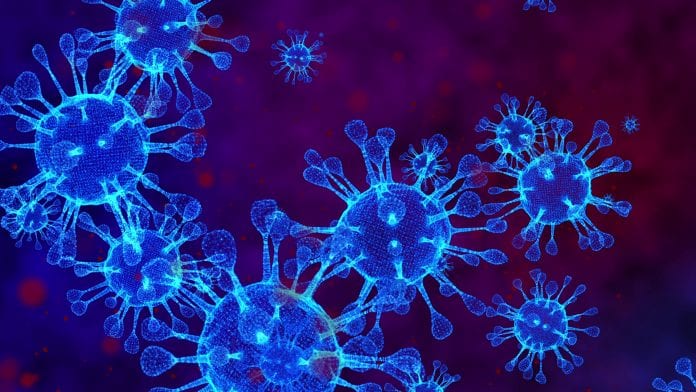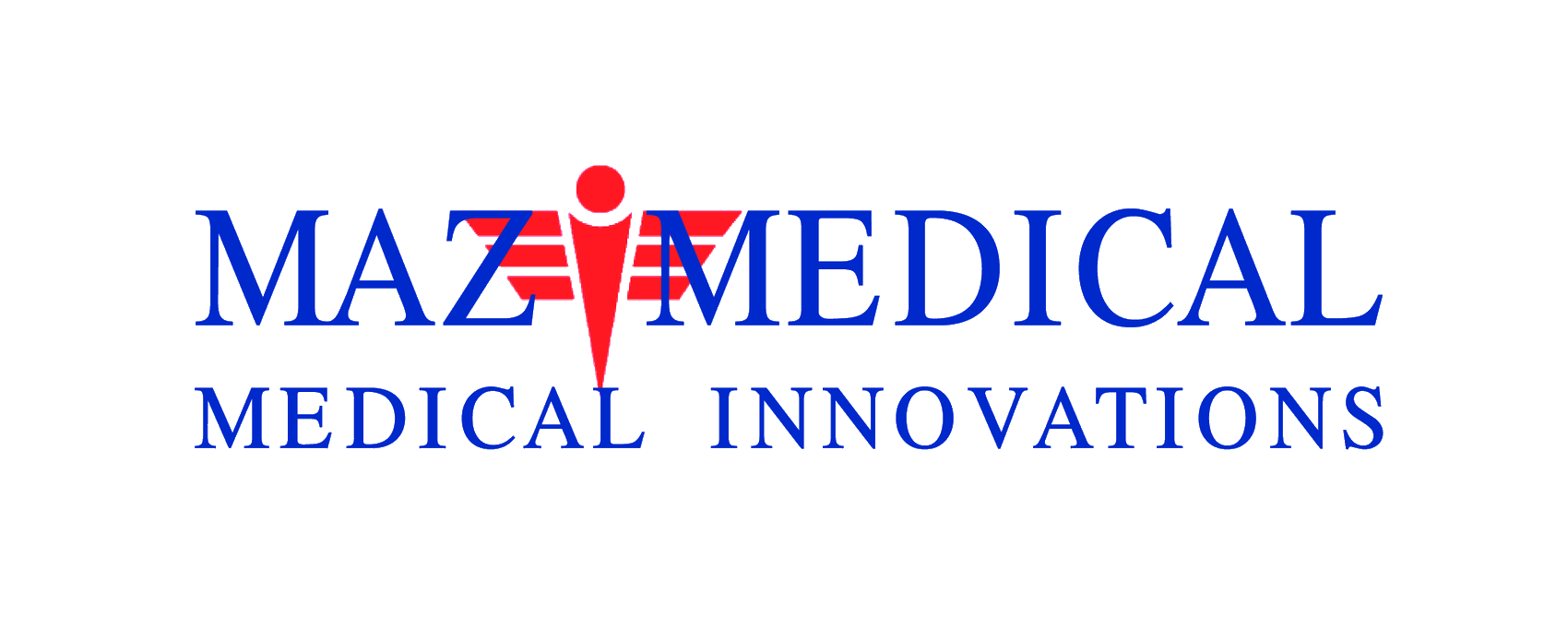UV-C radiation is a known disinfectant for air, water, and nonporous surfaces. UVC radiation has effectively been used for decades to reduce the spread of bacteria, such as tuberculosis. For this reason, UVC lamps are often called "germicidal" lamps.
UVC radiation has been shown to destroy the outer protein coating of the SARS-Coronavirus, which is a different virus from the current SARS-CoV-2 virus. The destruction ultimately leads to inactivation of the virus.

Currently, most UV disinfection devices primarily utilize ultraviolet-C (UV-C) radiation with wavelengths between 200 and 270 nm. At particular wavelengths such as 254 nm, UV-C light is able to destroy the molecular bonds and disrupt DNA or RNA via pyrimidine dimerization, causing death of a variety of environmental microorganisms. The UV-C device offers several advantages compared with standard room disinfection using traditional disinfectants. These include germicidal activity against broad-spectrum organisms, shorter time requirement for vegetative bacteria, safety and eco-friendly without hazardous residual, saving costs such as labor and consumables, and relatively simple way to set up and operate in healthcare facilities. Additionally, disinfection of the surfaces that are frequently missed by cleaning staff or that are already cleaned manually but still contaminated due to difficult retention of disinfectant.
